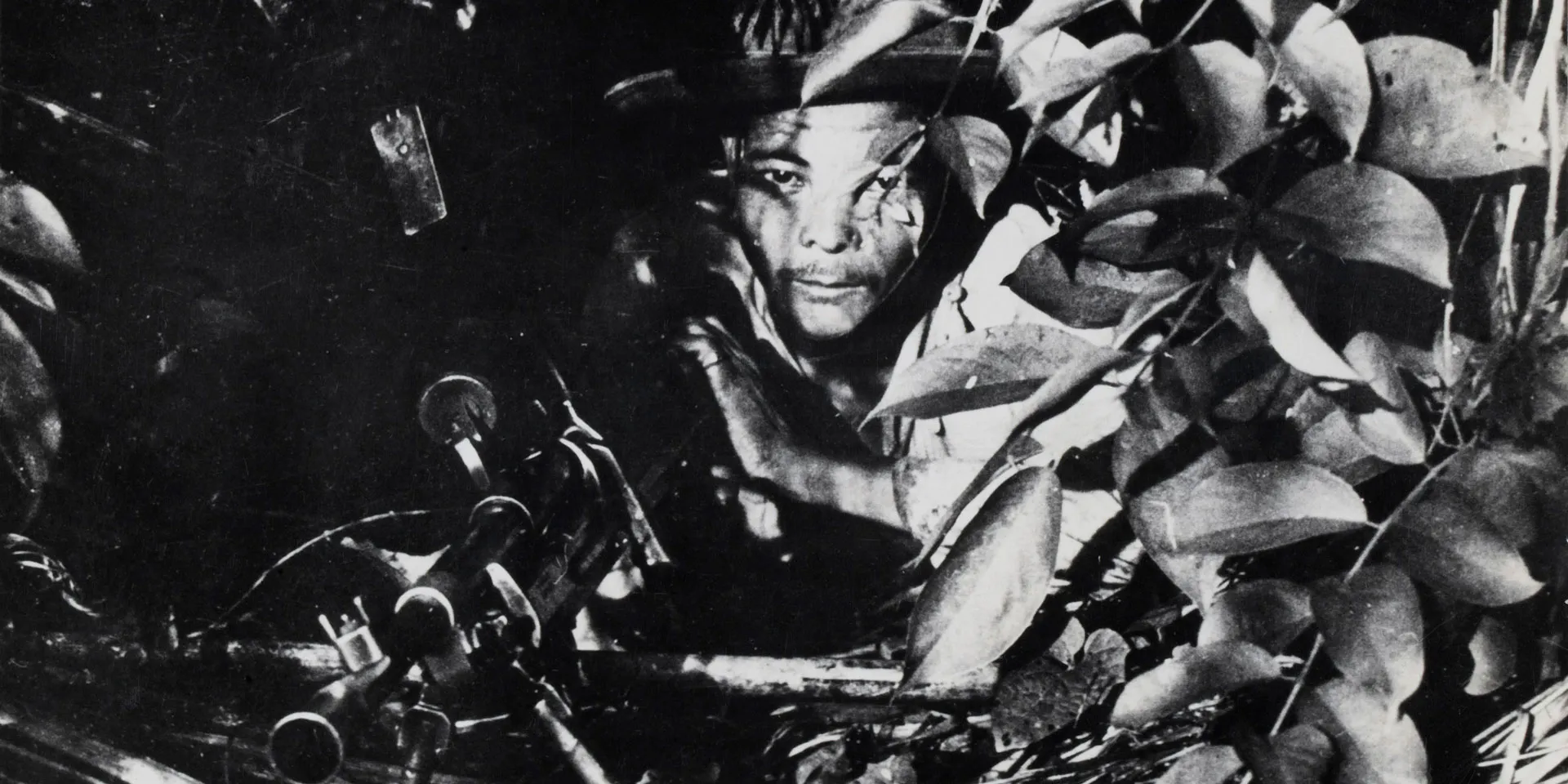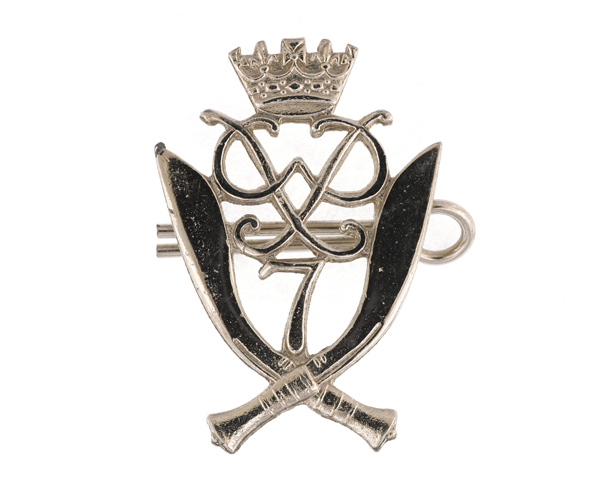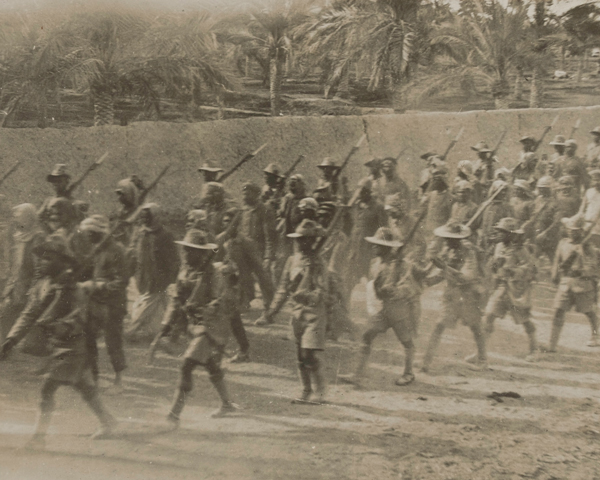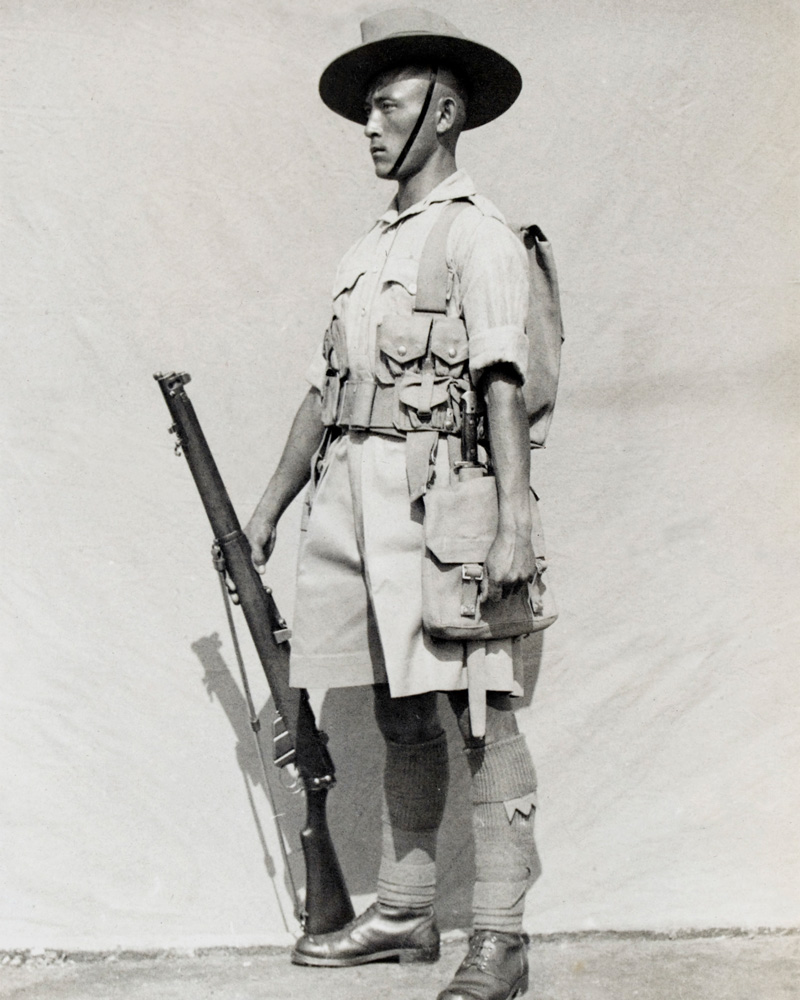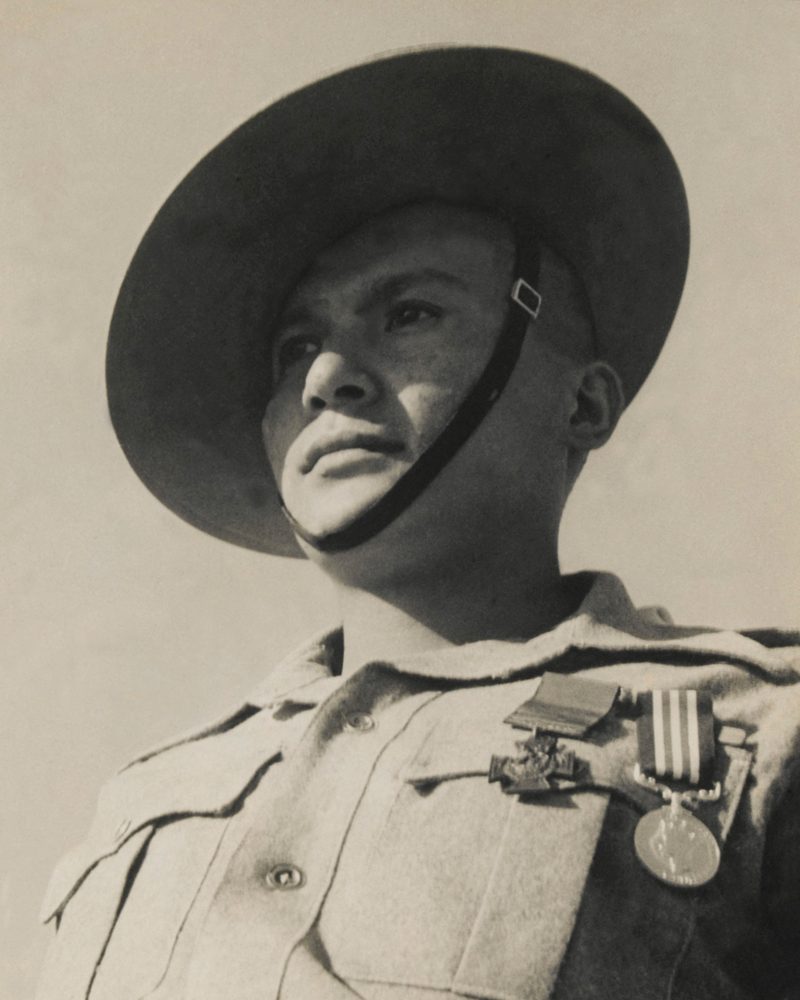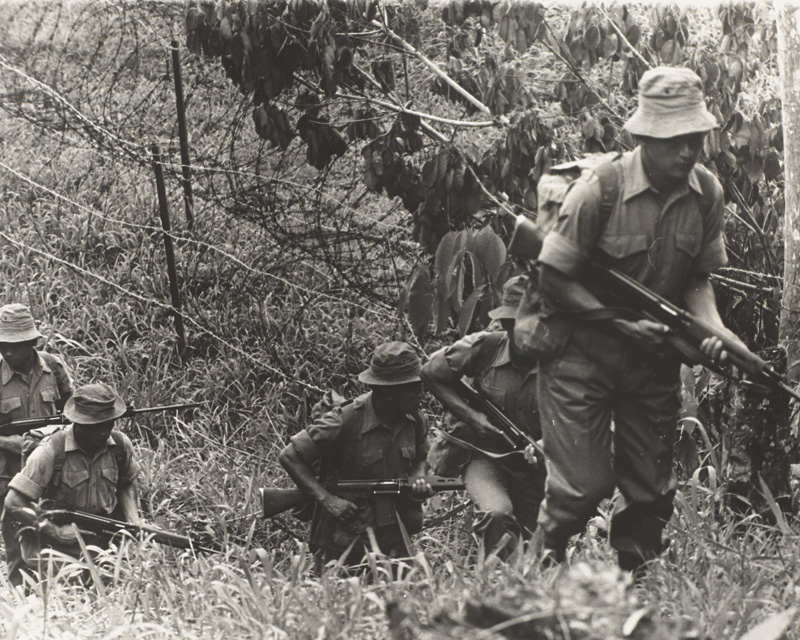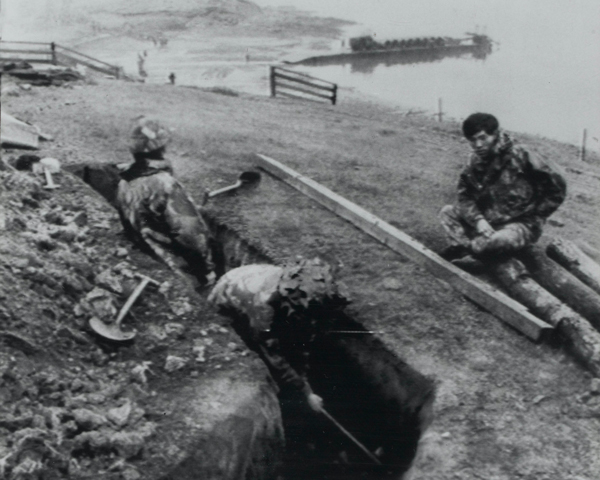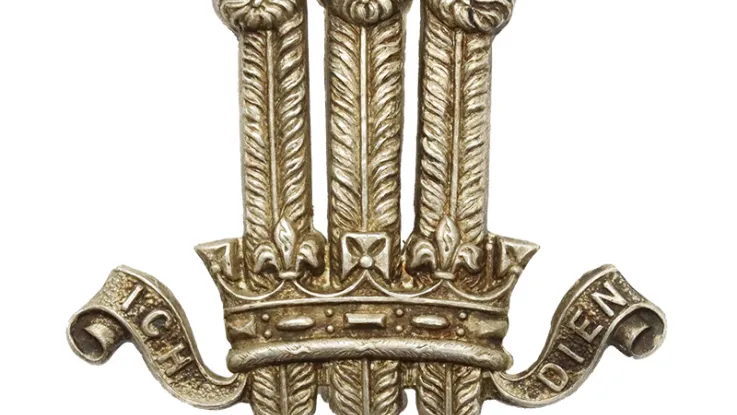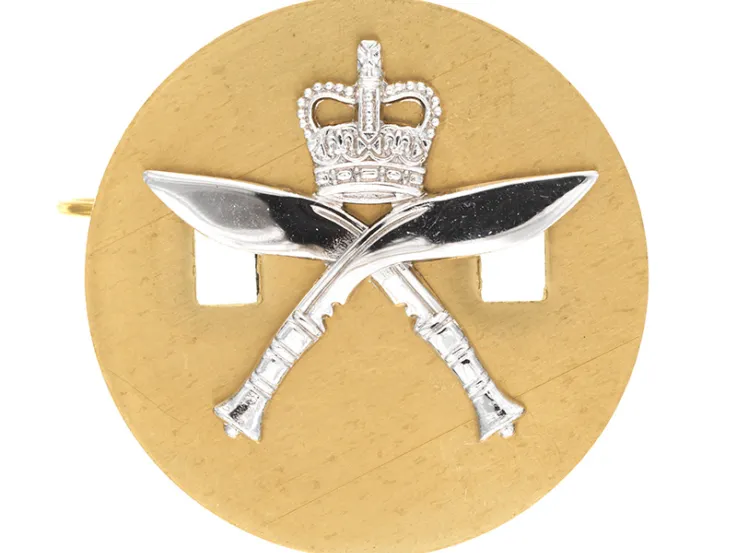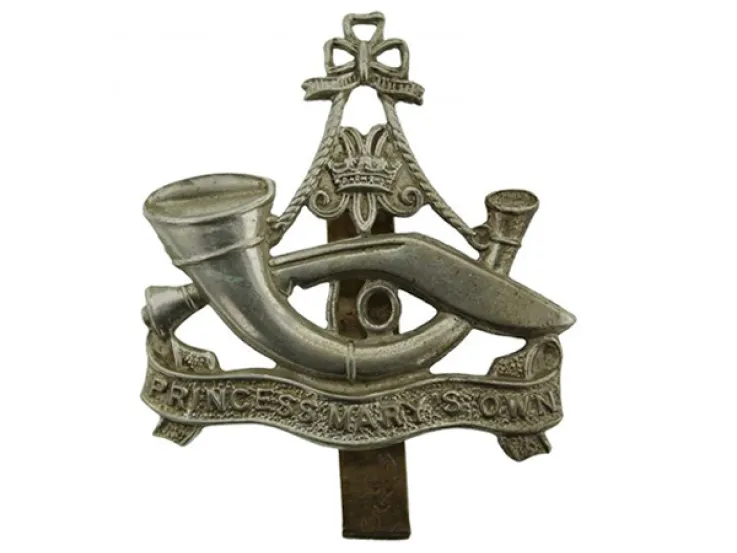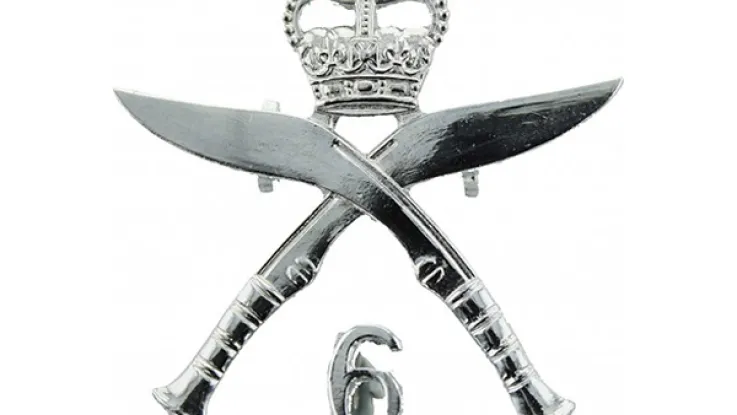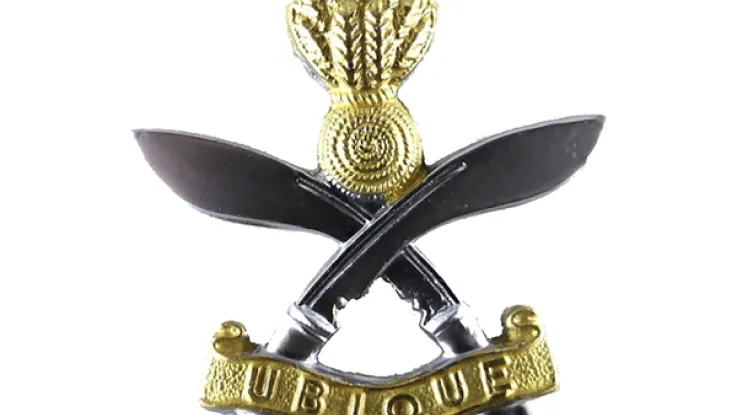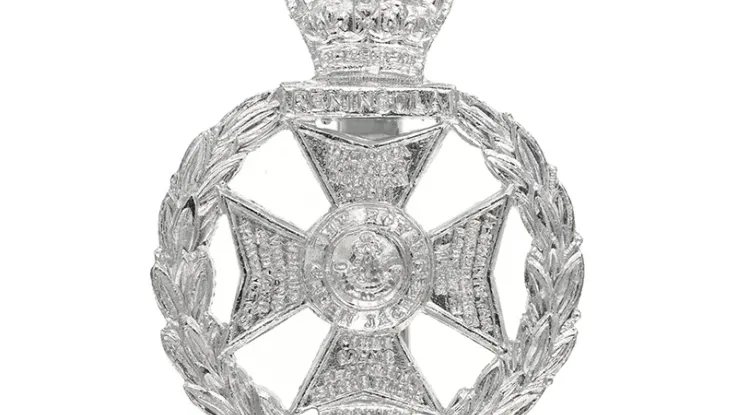Origins
This regiment was originally raised as the 8th Gurkha Rifles in 1902 for service in the British Indian Army. The following year, it became the 2nd Battalion of the 10th Gurkha Rifles, but was then renumbered as the 7th Gurkha Rifles in 1907. At the same time, it raised its own 2nd Battalion.
First World War
During the First World War (1914-18), 2nd Battalion helped defend the Suez Canal in Egypt before deploying to Mesopotamia (now Iraq), where it was forced to surrender to the Ottoman army at Kut-al-Amara in 1916.
The next year, 1st Battalion took up the fight in Mesopotamia, alongside a newly formed 2nd Battalion. Following victory there, the latter battalion went on to fight in Palestine in 1918.
The regiment also raised a 3rd Battalion in 1917. This served with 2nd Battalion in the Third Afghan War (1919), before being disbanded in 1921.
Second World War
During the Second World War (1939-45), 2nd Battalion served in the Middle East. It then moved to North Africa, where it was captured at Tobruk in 1942. A reformed 2nd Battalion served in Italy, including at the Battle of Monte Cassino (1944), before ending up in Greece in 1945.
Meanwhile, 1st Battalion fought against the Japanese in Burma from 1942. After retreating into India, it saw action at the Battle of Imphal in 1944, before taking part in the reconquest of Burma. The regiment raised two additional battalions for service during the conflict.
British Army Service
After India gained its independence in 1947, the 7th Gurkha Rifles was one of four Gurkha regiments to transfer to the British Army the following year. However, its 3rd Battalion transferred to the 5th Royal Gurkha Rifles (Frontier Force), which remained part of the Indian Army. Some of its other personnel were assigned to the 11th Gurkha Rifles, a newly formed Indian regiment.
Over the next two decades, the 7th Gurkha Rifles spent much of its time deployed in the Far East. Both battalions saw action in the Malayan Emergency (1948-60) and the Indonesian Confrontation (1963-66). During that period, the regiment changed its name to the 7th Duke of Edinburgh’s Own Gurkha Rifles in 1959.
After that, it rotated with the other Gurkha regiments of the British Army between England, Hong Kong and Brunei.
In 1970, the two battalions merged. The 2nd Battalion was temporarily brought back in the mid-1980s to aid the civil authorities in Hong Kong. Meanwhile, 1st Battalion deployed to the Falklands War in 1982, going on to play a key role in the attacks on Mount William, Mount Tumbledown and Wireless Ridge.
Legacy
In 1994, the regiment was amalgamated with the 2nd King Edward VII's Own Gurkha Rifles (The Sirmoor Rifles), the 6th Queen Elizabeth's Own Gurkha Rifles and the 10th Princess Mary's Own Gurkha Rifles to form The Royal Gurkha Rifles.
Regimental museums
The National Army Museum works with a network of Regimental and Corps Museums across the UK to help preserve and share the history and traditions of the Army and its soldiers.
Discover more about the 7th Duke of Edinburgh's Own Gurkha Rifles by visiting The Gurkha Museum in Winchester.

